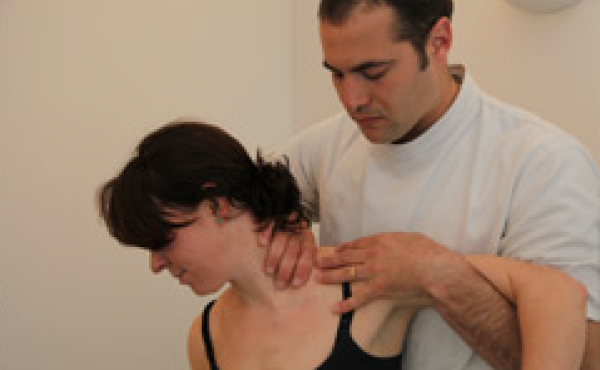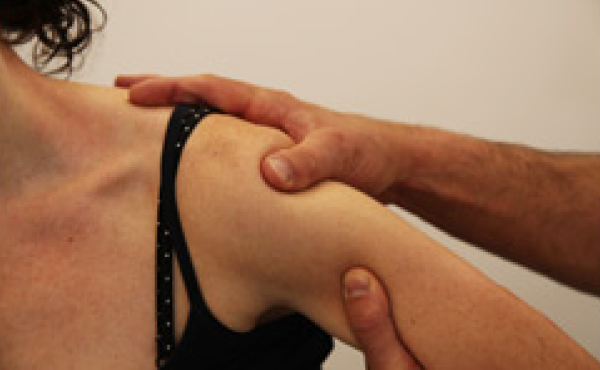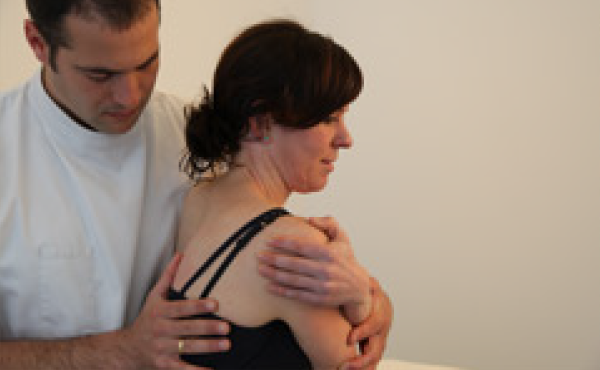Who should use osteopathy?
Osteopathic patients include the young, older people, manual workers, office professionals, pregnant women, babies & children and sports people.
Osteopathic patients seek treatment for a wide variety of problems, these include:
- Back and neck pain
- Muscular and ligamentous injuries
- Joint problems
- Headaches
- Postural problems
- Arthritic pain
- Pregnancy related aches and pains
- Sports injuries
- Repetitive strain injury
Osteopathy is a system of diagnosis and treatment for a wide range of medical conditions. It works with the structure and function of the body, and is based on the principle that the well-being of an individual depends on the skeleton, muscles, ligaments and connective tissues functioning smoothly together.
As a primary healthcare therapy, osteopathy is complementary to medicine and other therapies. People of any age may benefit from osteopathic treatment; it can provide relief for straightforward mechanical problems and help manage long-term problems.
Many different techniques are used during treatment, the most common of which are deep soft tissue massage, joint articulation, stretching of muscles and specific joint manipulation, to enhance the blood and nerve supply to tissues, and to help your body’s own healing mechanisms.
Osteopaths not only assess the cause of the problem but look at the body as a whole to see if other mechanical or postural factors may be contributory. Treatment therefore, is not always focused just to the area of symptoms; it may be necessary to address other areas of the body that are contributing to, or helping to, maintain a problem. Advice on posture and self management, including exercises, may be given to aid recovery, promote health and prevent symptoms recurring.
Because osteopaths recognise that we are all different, treatment is tailored to the person not just to the problem.
The aim of treatment is to reduce symptoms, to address the causes of the symptoms and to encourage normal function. Some patients require just one treatment; others might need a course, or may have periodic treatment for the long-term management of an ongoing condition.
In 1993 osteopathy became the first complementary healthcare profession to be given UK statutory recognition when the Osteopaths Act became law. Osteopathy is regulated by the General Osteopathic Council (GOsC), which sets and promotes high standards of competency, conduct and safety.
In the UK it is against the law for anyone to call themselves an osteopath unless they are registered with the GOsC.
All registered osteopaths must have malpractice insurance and are bound by a strict code of conduct.



